¿Qué hacemos?
WSDS se asocia con escuelas, familias y agencias para apoyar a los niños y jóvenes sordos o con problemas de audición, ciegos o con baja visión o sordociegos, proporcionando servicios de evaluación, capacitación y consulta.
¡Estamos mejor juntos!
Washington Sensory Disabilities Services (WSDS) es parte de la Red de Asistencia Técnica para Prácticas Inclusivas (IPTN) en nuestro estado. Para obtener más información sobre lo que significan las prácticas de inclusión para un estudiante sordo/con problemas de audición, ciego/con baja visión o con sordoceguera, comuníquese a través dePedir soporte.

